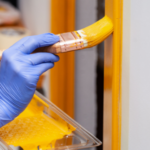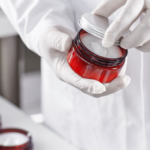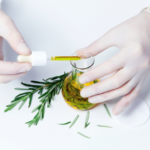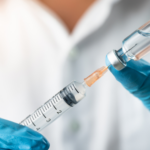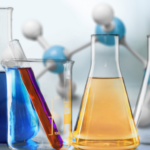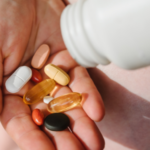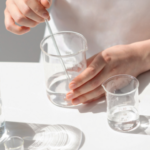
Exploring Trends at PCHi 2024: A Glimpse Into China’s Personal Care Industry
Exploring China’s Personal Care Industry Trends March witnessed the bustling city of Shanghai play host to the PCHi 2024 Annual Conference, one of the highlights of the year for professionals in the personal care, cosmetics, toiletries, and home care industries. The conference drew in a diverse array of business professionals eager to explore the latest
